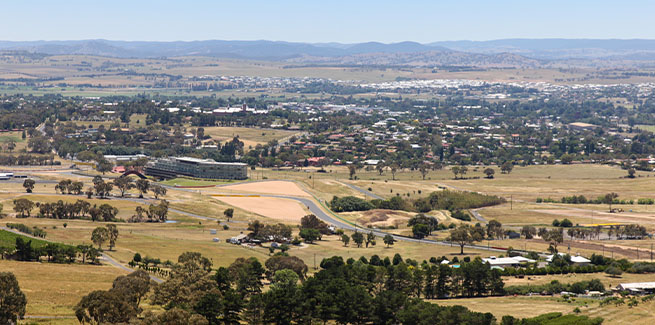The rise in remote work off the back of lockdown measures imposed to curb the spread of COVID-19 has triggered speculation of a surge in demand for regional property, with proximity to the central business districts of the major capitals less of a factor in home buying decisions.
Eliza Owen, CoreLogic’s head of research Australia, has weighed in on the speculation, noting that in the quarter proceeding lockdown measures, regional markets recorded stronger price growth relative to the major capitals.
In the three months to June 2020, combined regional dwelling values grew 9.3 per cent, while combined capital city dwelling fell 1.1 per cent.
But according to Ms Owen, this is not a reflection of changing attitudes in response to the COVID-19 crisis.
“This more positive outcome is short-term and is more likely tied to cyclical patterns than changes in demographic trends, which are typically a gradual phenomenon,” she observed.
“[Even] though regional centres have not seen price falls in the June quarter, growth rates have seen a slowdown in momentum.
“Regional growth rates peaked around late 2019 and could nudge into negative territory later this year without significant improvement to economic conditions or a demonstrated shift in demand side factors like population growth.”
Drawing on data from the Australian Bureau of Statistics, Ms Owen added that past trends suggest internal migration movements may have been driven by affordability rather than preference for a regional lifestyle.
“If that is the case, a mitigating factor to the draw of regional areas during COVID-19 is that dwellings closer to the city are also becoming cheaper, which may slow migration to the city fringe,” she said.
However, Ms Owen acknowledged that the regional lifestyle may become increasingly popular if the COVID-19 crisis persists.
“Parts of regional Australia may offer lower levels of population density, which is arguably desirable in the wake of a pandemic,” Ms Owen stated.
“There have also been recent examples of people departing from higher socioeconomic areas to parts of regional Australia.
“Over 2018-19, an estimated 1,453 residents form the Sydney - Eastern Suburbs region departed for areas such as the Central Coast, Richmond-Tweed and the Gold Coast.”
Ms Owen concluded by noting that while she expects the pandemic to support internal migration to regional locations, such trends are unlikely to offset downside risks associated with the economic fallout from COVID-19.
“The normalisation of remote work amid COVID-19 is more likely to bolster regional migration than slow it, but in the wake of the pandemic, the return to an office environment may still be desirable for some employees and employers,” she said
“Furthermore, it is important to note that the broad-based impact to housing demand from the pandemic could see prices fall in regional centres over the second half of 2020.
“Price falls are unlikely to be as sharp as what will be observed in capital city markets, where more expensive, capital city markets have historically shown more volatility than regional Australia.
[Related: Housing sentiment defied broader mood]
 ;
;